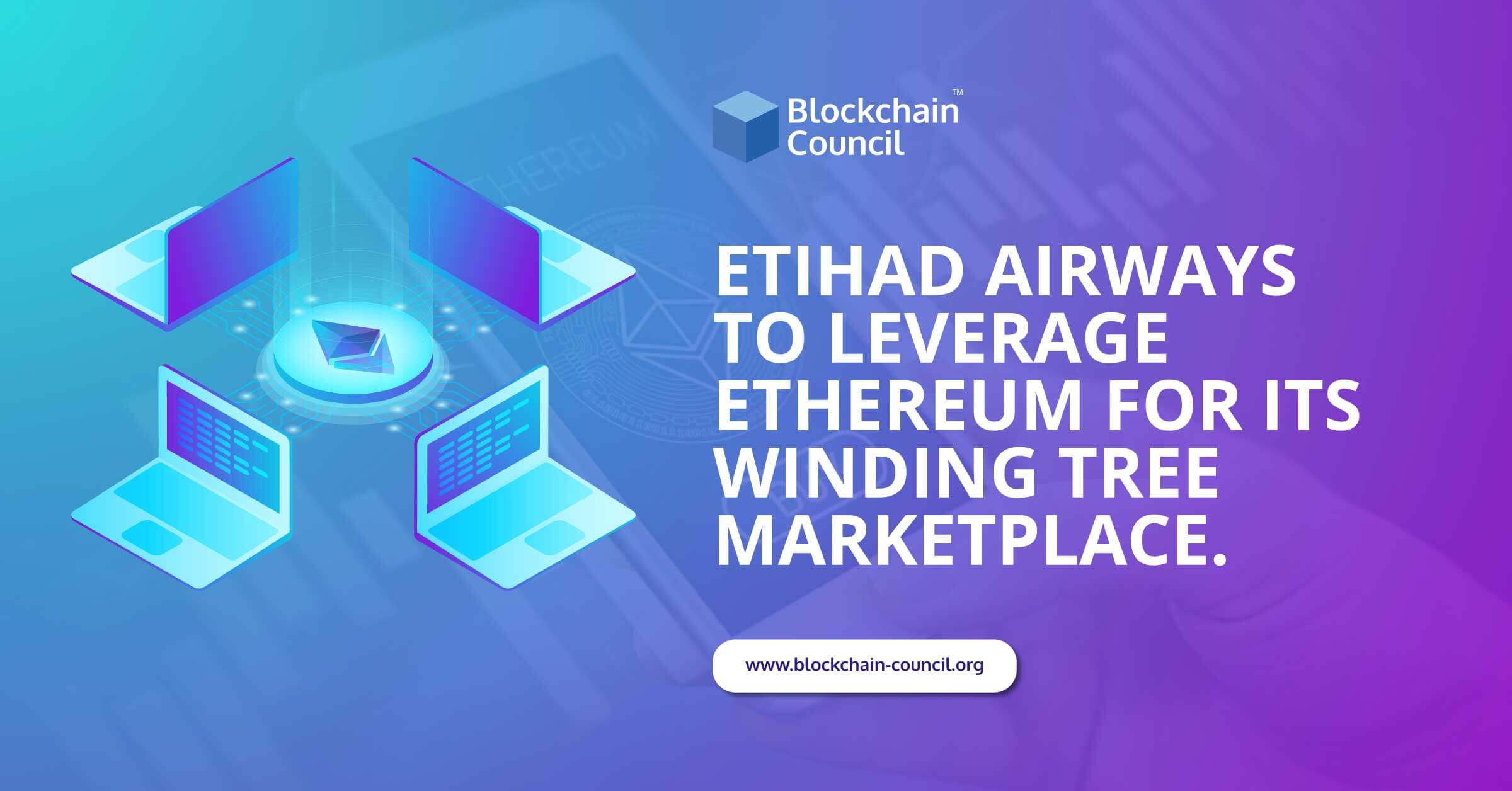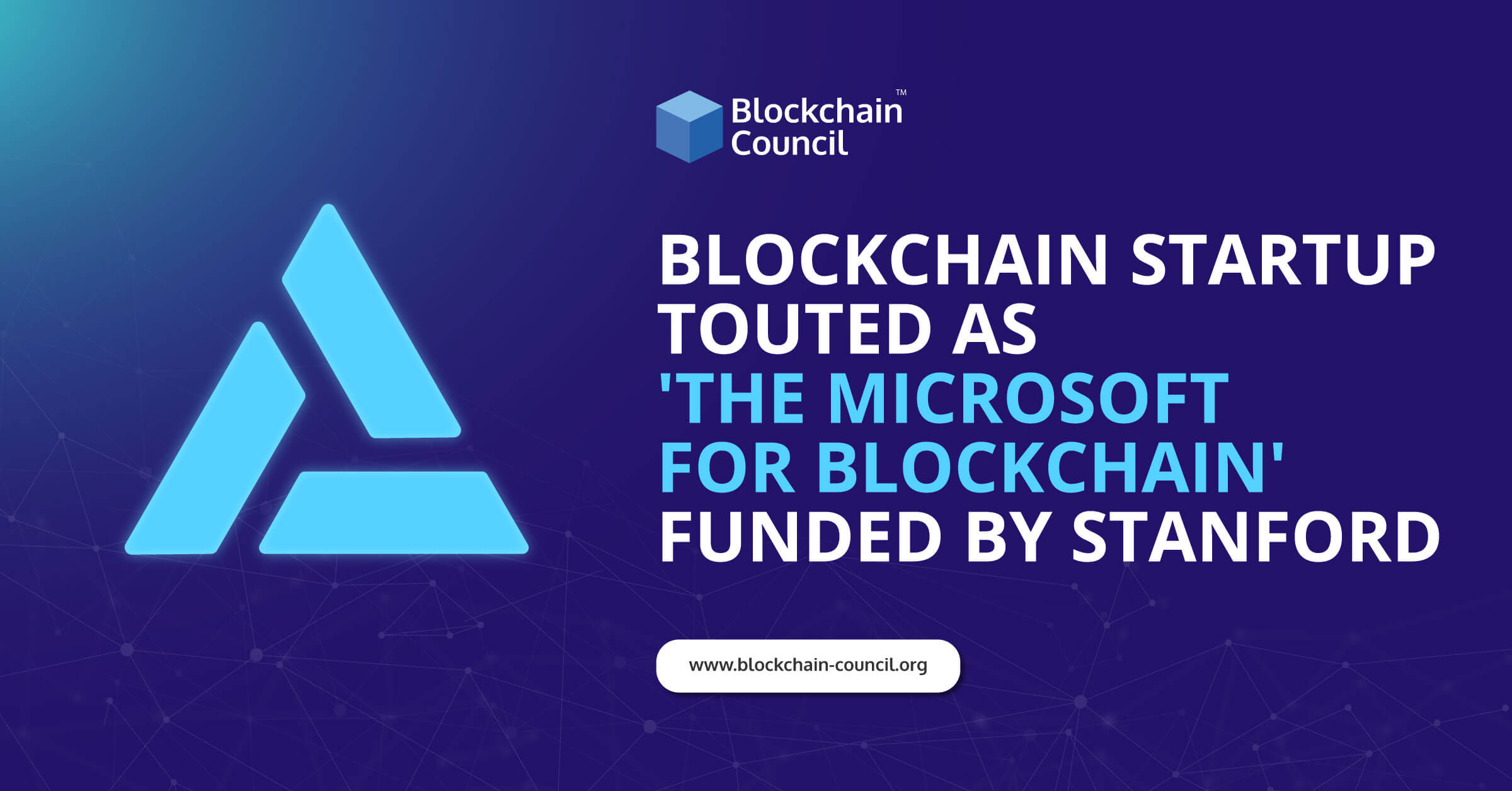
- Toshendra Kumar Sharma
- March 12, 2024
Summary
- Bitcoin halving is a scheduled event that reduces the rate at which new bitcoins are created by 50% every four years, with the next halving expected in 2024.
- The concept of “block reward” refers to the amount of bitcoin miners receive for validating transactions and adding them to the blockchain.
- Mining involves using computational power to verify transactions, with miners competing to be the first to validate a block and earn freshly minted bitcoins as a reward.
- Halving events decrease miners’ earnings, leading to a reassessment of profitability and potential consolidation within the mining industry.
- Reduced flow of new bitcoins into circulation can decrease selling pressure from miners, impacting bitcoin’s inflation rate and price.
- Historical halving events have led to increased bitcoin prices and technological advancements among miners.
- Market analysis and predictions for the next halving event suggest a wide range of potential outcomes, with some forecasts predicting significant price increases.
- The halving cycle typically includes phases of accumulation, bull runs, and retraces, with major price peaks occurring about a year after each halving event.
- Changes in mining technology and strategy post-halving include upgrading to more efficient hardware, geographic relocation, pooling resources, and diversification.
If you are wondering what Bitcoin Halving is, what is its effect on Bitcoin price and everything related to halving, you have landed on the right page as this article explains everything related to it in detail.
What is Bitcoin Halving?
It is a scheduled event in which the minting rate of new bitcoins is reduced by 50%. It is defined as the amount of Bitcoin that gets created every 10 minutes gets cut in half every four years. The first Bitcoin Halving took place in November 2012, followed by second Bitcoin halving in the year 2016, and the third halving occurred in 2020. The next halving is set to take place in 2024.
Important Term- Block Reward
Before understanding how halving influence Bitcoin’s price, let’s get clear with the concept of “Block reward.”
It can be defined as the amount of BTC that a miner receives for every new block they add to the Blockchain.
It is the amount of cryptocurrency that miners receive when they successfully mine a new block by solving highly complex mathematical problems with their mining hardware. In simple words, we can say that it is a reward for their hard work.
Now comes the question, how bitcoins are mined?
To compensate miners for offering their computational power to the Bitcoin network, the network mints new bitcoins. To be the first one to verify a block successfully, miners compete against each other, and in the end, the network rewards winners with some freshly minted Bitcoin.
As the rewards increase, the challenge between the miners also increases, and as total computation power in the network rises, mining difficulty will also grow. The aim of raising the mining difficulty level is to make it difficult to corrupt Blockchain data, relative to the entire computational power available in the network.
Curious to learn more about Bitcoin and become a Certified Bitcoin Expert? Check out the best certification and online training courses here.
Technical Overview
Bitcoin halving is a fundamental process designed to reduce the rewards that miners receive for verifying transactions and adding them to the Blockchain. This event occurs roughly every four years, or after every 210,000 blocks have been mined. Initially, miners were rewarded with 50 bitcoins per block. However, this reward halves with each halving event. So far, we’ve seen this reward reduced to 25, then to 12.5, and most recently, to 6.25 bitcoins per block in 2020. The next halving, expected on April 19, 2024, will decrease the reward to 3.125 bitcoins per block.
The reason behind the halving is rooted in Bitcoin’s supply limit of 21 million coins, which was set by its creator, Satoshi Nakamoto. This limit aims to introduce scarcity to the digital currency, mimicking the finite nature of resources like gold and, theoretically, driving up its value over time as the supply of new coins entering the market slows down.
The Impact on Bitcoin’s Blockchain and Mining Process
The halving directly impacts miners by reducing their earnings for the computational work they perform. As the reward decreases, miners are forced to assess the profitability of their operations, especially given the costs associated with mining, such as electricity and hardware expenses. This can lead to a consolidation in the mining industry, where only the most efficient miners remain competitive.
Moreover, the reduced flow of new bitcoins into circulation as a result of halving events is anticipated to decrease the selling pressure from miners, potentially leading to a decrease in the inflation rate of Bitcoin and affecting its price. The history of previous halvings shows a trend where the price of Bitcoin tends to increase following these events, although it’s crucial to note that price movements are influenced by a myriad of factors beyond halving.
Halving also plays a crucial role in maintaining the security of the Bitcoin network. Miners are incentivized to continue validating transactions to earn transaction fees, which become a more significant part of their income as block rewards decrease. Additionally, innovations such as the implementation of ordinals and inscriptions on the Bitcoin Blockchain introduce new forms of transaction fees, offering miners alternative revenue streams post-halving.
Historical Halving Events: A Detailed Account
Bitcoin’s journey through its halving events is a story of increasing scarcity, rising prices, and the evolution of the mining community. Here’s a concise overview of the historical halving events and their outcomes:
First Halving – November 28, 2012
The very first halving cut the block reward from 50 BTC to 25 BTC. This era marked the beginning of Bitcoin’s climb in value, with the price rising from around $12 at the time of the halving to nearly $1,000 within the next year. This period was characterized by increased public awareness and the entry of more players into the Bitcoin ecosystem.
Second Halving – July 9, 2016
The second halving further reduced the block reward to 12.5 BTC. Leading up to this event, there was a lot of anticipation within the community, recalling the price surge following the first halving. Despite some skepticism, Bitcoin experienced substantial growth, eventually reaching an all-time high of nearly $20,000 by the end of 2017. This period saw Bitcoin gain global attention, along with an increase in discussions around its potential and challenges.
Third Halving – May 11, 2020
The most recent halving brought the block reward down to 6.25 BTC. This era was marked by speculation on institutional adoption and Bitcoin as a hedge against inflation. Bitcoin’s price rose from below $10,000 before halving to over $50,000 a year after. This period solidified Bitcoin’s status as “digital gold” and saw its market capitalization exceed $1 trillion for the first time.
Each halving event has significantly impacted Bitcoin’s price and the mining community. The halvings have led to a decrease in inflation rate and an increase in Bitcoin’s price over time, reinforcing its value as a scarce digital asset. The anticipation and outcomes of these events have also driven technological advancements and efficiency improvements among miners, as the reduced block rewards necessitate more efficient mining operations to remain profitable.
These historical halving events highlight the intricate balance between scarcity, demand, and technological innovation in shaping Bitcoin’s journey. As the community looks forward to future halvings, the lessons from past events provide valuable insights into the potential directions for Bitcoin’s price and its broader ecosystem.
Market Analysis and Speculations for the Next Halving Event
The next Bitcoin halving, anticipated on April 19, 2024, has sparked a wide range of predictions from experts in the cryptocurrency sector. Bitcoin has already crossed $71,000 to reach its new all time high (ATH). Previously its ATH was $68,000 (November 2021). According to some analyses, the Bitcoin price could potentially hit around $111,807 one to one and a half years after the upcoming halving. Meanwhile, other forecasts are more conservative, predicting that Bitcoin will trade at roughly $74,600 one month after the next halving, with a possible increase to about $83,150 three months post-halving. On the higher end of the spectrum, some projections suggest Bitcoin could reach as high as $400,000 in the upcoming halving epoch, driven by reductions in sell pressure and increased demand.
However, caution is advised as the cryptocurrency market is known for its volatility. A warning from some analysts suggests a potential 30% price correction post-halving in 2024, highlighting the unpredictable nature of Bitcoin’s price movements.
Analysis of the Halving Cycle and Its Phases
The halving cycle typically includes phases of accumulation, a bull run, and a retrace, followed by another period of accumulation before the cycle repeats. After each halving, the supply of new bitcoins entering the market halves, which historically leads to an increase in price due to the scarcity effect.
- Pre-Halving Rally and Retrace: Prior halvings have seen a rally followed by a retrace. For instance, the 2016 and 2020 halvings witnessed dips of 38% and 20%, respectively, before substantial price increases.
- Post-Halving Price Behavior: Typically, the price undergoes some correction immediately following a halving. However, major peaks in price have historically occurred about a year after each halving event.
- Stock-to-Flow Model: This model suggests a direct relationship between Bitcoin’s scarcity (stock-to-flow ratio) and its price. Although the model has been accurate in the past, deviations have occurred, such as during the ‘crypto winter‘ in 2022.
Potential Outcomes
- Market Efficiency: Improvements in market efficiency, liquidity, and reduced price slippage could contribute to more stable and accurate price discovery for Bitcoin in 2024.
- Regulatory Developments: The approval of a Bitcoin ETF and the regulatory landscape, particularly the SEC’s stance on cryptocurrencies, could significantly impact Bitcoin’s price. A favorable regulatory environment may boost investor confidence, driving up the price.
- Supply and Demand Dynamics: The halving reduces the rate at which new bitcoins are generated, thus decreasing the supply. With sustained or increased demand, this supply reduction could lead to price increases.
Effect of Halving on Miners and Their Profitability
Bitcoin halving events, which occur approximately every four years, reduce the rewards miners receive for verifying transactions and adding them to the Blockchain. This reduction directly impacts miners’ profitability, especially for those operating with thin margins or less efficient equipment. As the block reward halves, miners’ income from rewards decreases unless compensated by a rise in the price of Bitcoin or a reduction in operational costs.
The decreased reward puts pressure on miners to assess their operations’ efficiency. Those with access to cheaper electricity and more efficient mining hardware are in a better position to remain profitable. Conversely, miners with higher operational costs may find it increasingly challenging to sustain their operations, potentially leading to a consolidation within the mining industry where only the most efficient players can continue.
Changes in Mining Technology and Strategy Post-Halving
To adapt to the reduced profitability following a halving event, miners have historically sought ways to improve their operations, including:
- Upgrading to More Efficient Hardware: Post-halving, there’s a rush to upgrade to more energy-efficient mining rigs that offer a higher hash rate while consuming less electricity. This move is crucial for maintaining or improving profitability when the rewards are halved.
- Strategic Geographic Relocation: Miners may relocate their operations to regions offering cheaper electricity rates or more favorable regulatory environments. Access to low-cost energy is a critical factor in mining profitability, and locations with surplus renewable energy sources become particularly attractive.
- Pooling Resources: Some miners choose to join mining pools to combine computational resources and share the rewards. This strategy can provide more consistent returns, albeit smaller, in the face of reduced block rewards. Pooling resources becomes a more appealing option post-halving, as it helps to mitigate the effects of decreased individual mining rewards.
- Diversification and Innovation: Miners and mining companies are also exploring diversification strategies, such as engaging in other Blockchain and crypto-related activities that can offer alternative revenue streams. Additionally, innovations in mining technology continue to evolve, seeking ways to improve efficiency and reduce costs.
Conclusion
The cryptocurrency space is revolutionizing, and the impact of the Halving is harder to predict. Other cryptocurrencies such as ETH and XRP should also be taken into consideration as they are offering stiff competition. The Bitcoin Halving is an easy tale with high probability profits attached to it, but of course, past performance doesn’t guarantee future outcomes.
The 2024 Bitcoin halving event is poised to mark a significant milestone in the cryptocurrency’s life cycle, potentially affecting its price, mining dynamics, and market perception. With the reduction of block rewards, the immediate effect on miners will be significant, pressuring them to adapt by seeking more efficient mining practices or face exit from the market. This, in turn, could lead to increased mining centralization around the most economically efficient miners.
Moreover, the halving might not lead to an immediate price surge due to the maturing market and the increased role of institutional investors, who bring a different dynamics compared to retail investors. Strategies such as diversification and dollar-cost averaging may become more prevalent as individuals and institutions navigate the post-halving landscape.
The broader implications for the Bitcoin network, including the potential for innovation and adoption of layer 2 solutions to address scalability and efficiency, also highlight the evolving nature of Bitcoin beyond just a digital gold analogy. As the ecosystem grows, the halving event underscores Bitcoin’s unique economic model and its challenges and opportunities in the rapidly changing world of cryptocurrency.
To get instant updates about Blockchain Technology and to learn more about online Blockchain certifications and become a Blockchain expert, check out Blockchain Council.
Frequently Asked Questions:
What is Bitcoin halving?
- Bitcoin halving is a scheduled event that occurs approximately every four years, reducing the rate at which new bitcoins are created by 50%.
- It is designed to limit the total supply of bitcoins to 21 million, introducing scarcity and potentially driving up its value over time.
- The first halving occurred in November 2012, followed by subsequent halvings in 2016 and 2020, with the next one expected in 2024.
How does Bitcoin halving affect miners?
- Bitcoin halving directly impacts miners by reducing their earnings for verifying transactions and adding them to the blockchain.
- As the block reward decreases, miners may need to reassess the profitability of their operations, especially considering costs such as electricity and hardware expenses.
- This can lead to consolidation within the mining industry, where only the most efficient miners remain competitive.
What is the historical impact of Bitcoin halving on its price?
- Historically, Bitcoin halving events have led to increased prices, with significant price peaks occurring about a year after each halving.
- Reduced flow of new bitcoins into circulation as a result of halving events can decrease selling pressure from miners, potentially affecting Bitcoin’s inflation rate and price.
- However, it’s important to note that price movements are influenced by various factors beyond halving events.
How do miners adapt to Bitcoin halving?
- Miners adapt to Bitcoin halving by seeking ways to improve their operations’ efficiency, such as upgrading to more energy-efficient mining rigs.
- Some miners may strategically relocate their operations to regions with cheaper electricity rates or more favorable regulatory environments.
- Pooling resources through mining pools and exploring diversification strategies are also common post-halving adaptations to mitigate the effects of reduced block rewards.





































































 Guides
Guides News
News Blockchain
Blockchain Cryptocurrency
& Digital Assets
Cryptocurrency
& Digital Assets Web3
Web3 Metaverse & NFTs
Metaverse & NFTs
